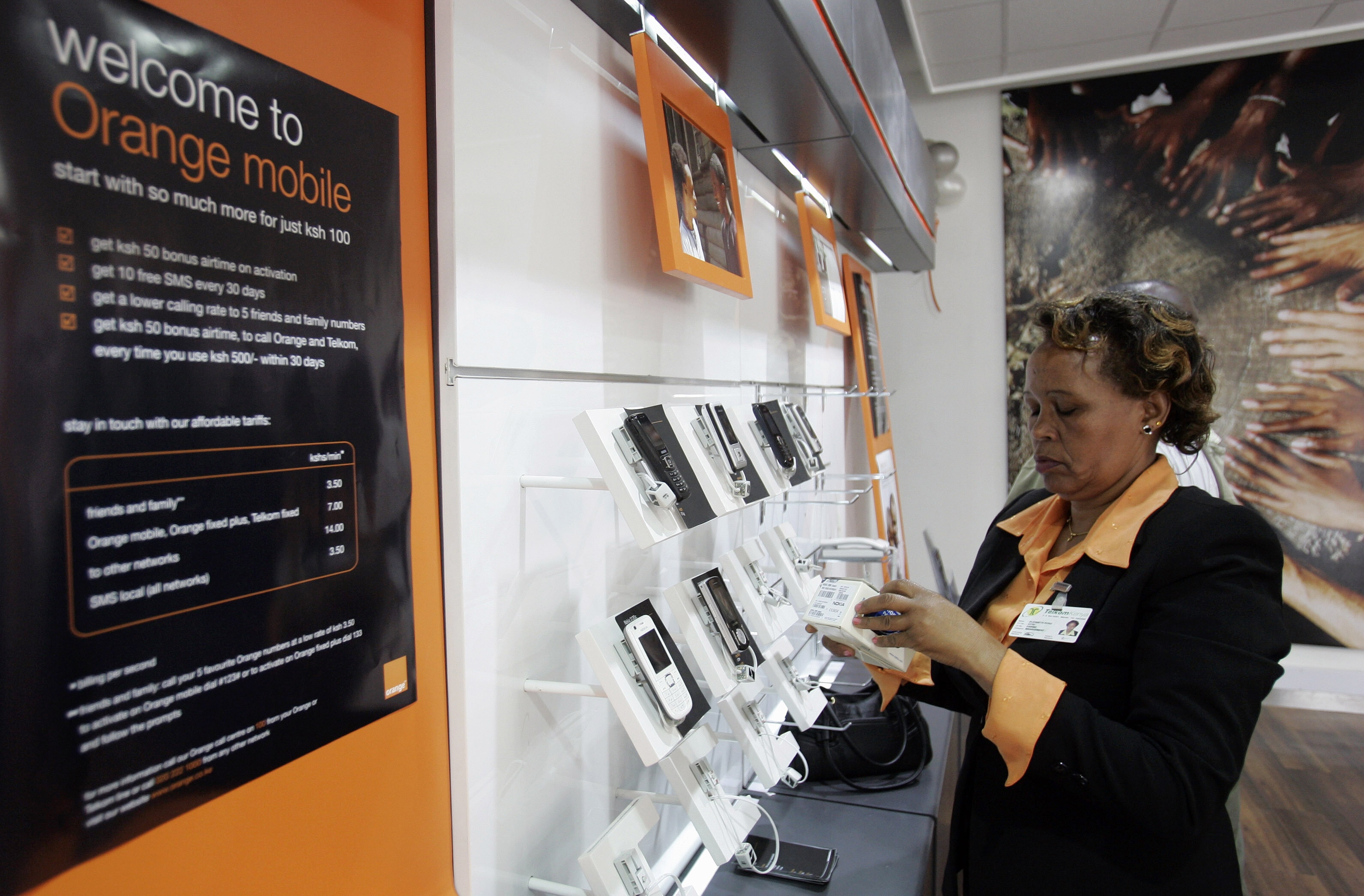What are the business benefits of the Internet of Things?

Stay up to date:
The Digital Economy
Today, there are more mobile devices than there are people on the planet. By 2020 it is estimated that there will be 2.5 billion connected people on social networks and they will be using or have access to 50 billion connected things. This “hyper-connectivity”, known as the Internet of Things (IoT), will help drive $65 trillion in global trade.
Business today is evolving into a networked economy, with millions of companies connecting their supplier, customer and partners to seamlessly engage in commerce and leveraging technologies that can connect 100’s of millions of people and things together.
But this is just the beginning, and the Internet of things is the catalyst for hyper-connectivity in the business world. With the Internet of Things, we can monitor, analyze, and automate in ways that will greatly improve processes and create new business models by linking processes to cyber-physical systems.
In a recent survey of business executives, SAP discussed the areas of investment, opportunity and concern that exist today when determining the go-forward path for Internet of Things in their respective organizations.
This is the 1st in a series of blogs discussing the findings of this research. We will first review the business benefits identified of deploying IoT.
Companies are ready for the IoT
It was encouraging to see that 99% of respondents said that they are considering how to use the IoT within their organization and 68% said they see IoT being strategic or transformational to their business.
When the same group were asked when they intend to deploy IoT technologies 79% said they plan to implement within the next 24 months, with 26% of these already having leveraged IoT in some capacity.
Increased Productivity is seen as the top benefit
When asked to identify business benefits of deploying Internet of Things based solutions, the top reason selected was to increased productivity, with 78%. This was supported by related benefits of process automation (72%) and optimization of the value chain (64%).
Products that are connected can communicate their condition and report on how they are used. This data can be used across the extended supply chain. For example, it can be the trigger to schedule preventative maintenance on a production line when equipment is not in uses, rather than reactive maintenance when it breaks down. Usage and performance data can also be fed back into the R&D process to improve the performance and usability of a product.
Improving Customer Experience is a major opportunity
The Internet of Things has the potential to fundamentally change how manufacturers and services companies interact with customers, as indicated by the 2nd highest priority identified, improving customer experience (77%). This was also supported by the high showing of improving competitive differentiation (64%), customer service (61%), and creating new business models (59%).
A great example of improved customer experience is in the automotive industry where vehicles are already capable of providing real-time diagnostic and location data, as well as usage data, such as vehicle speed, fuel consumption, and trip lengths. Bringing this to other industries, logistics companies can provide location data in real time to their customers, helping customers keep track of when their shipments will be delivered, and truck drivers can receive instant alerts when they need to bring their vehicles in for service based on remote diagnostics and analytics data.
Assets and products can be tagged to provide real-time data on parameters such as operating temperature, electrical efficiency and chain of command to detect cold chain adherence, product failure, and tampering of goods in transit and ensure product quality at the point of delivery to the customer. Remote assets can send an alert when it is going out of calibration and needs to be replaced or repaired and the maintenance crew can schedule this maintenance for a time when production is not affected. In general, by leveraging IoT solutions, customer service becomes proactive, not reactive.
As you can see, the opportunities for IoT are widespread. In the next of the series we will discuss the use cases that companies are looking at across the extended supply chain.
This article is published in collaboration with SAP Community Network. Publication does not imply endorsement of views by the World Economic Forum.
To keep up with the Agenda subscribe to our weekly newsletter.
Author: Richard Howells is a contributing writer for SAP Community Network.
Image: Internet LAN cables are pictured in this photo illustration taken in Sydney June 23, 2011. REUTERS/Tim Wimborne.
Don't miss any update on this topic
Create a free account and access your personalized content collection with our latest publications and analyses.
License and Republishing
World Economic Forum articles may be republished in accordance with the Creative Commons Attribution-NonCommercial-NoDerivatives 4.0 International Public License, and in accordance with our Terms of Use.
The views expressed in this article are those of the author alone and not the World Economic Forum.
Related topics:
Forum Stories newsletter
Bringing you weekly curated insights and analysis on the global issues that matter.
More on Emerging TechnologiesSee all
Ivan Shkvarun
July 25, 2025
Anil Gupta and Wang Haiyan
July 25, 2025
Mark Esposito
July 24, 2025
Anthony Cano Moncada
July 23, 2025
Manikanta Naik and Murali Subramanian
July 23, 2025
Kate Whiting
July 21, 2025





